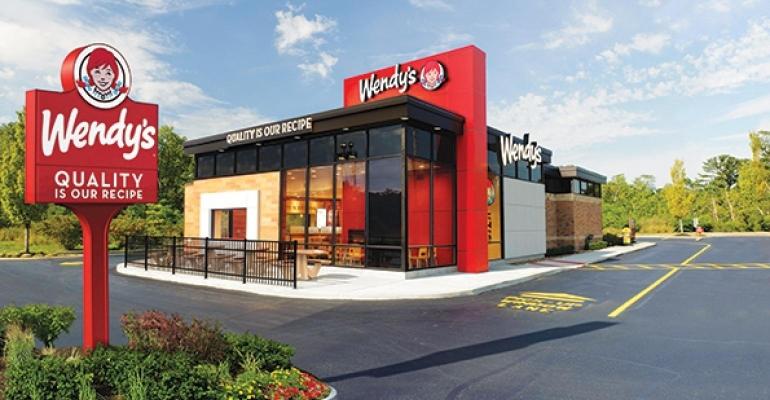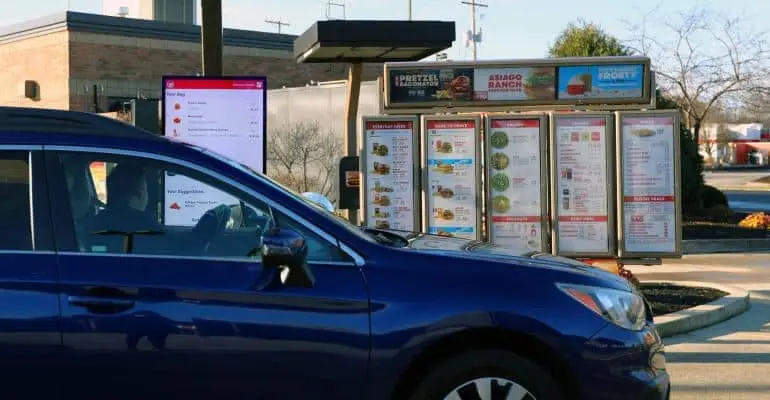Flynn Restaurant Group adds Wendy’s to its fledging international portfolio
During Wendy’s Q2 earnings call Wednesday, Todd Penegor noted the company’s international success as evidenced by a 7.2% increase in the division’s same-store sales. These numbers, he said, is driving interest in development “from both new and existing franchisees and bolsters our confidence and international growth plans.”
One of those franchisees may sound more familiar than others. The company signed a new master franchise agreement with Flynn Restaurant Group – the largest franchise operator in the world with more than 2,600 restaurants and about $4.5 billion in sales – to develop 200 restaurants in the Australian market by 2034. Flynn will manage and operate the brand’s restaurants across the market and will also own development rights.
Through its Wendy’s franchise organization, Wend American, Flynn already operates nearly 200 Wendy’s restaurants domestically, so the expansion into global territory could be construed as a vote of confidence. It also fits tidily into Flynn’s growing international portfolio, as the company recently acquired nearly 260 Pizza Hut restaurants in Australia, adding to its existing portfolio of 945 Pizza Huts in the U.S.
At the time of the Pizza Hut Australia acquisition, Flynn said the company is entering its next chapter, in which it layers “on international expansion,” adding that “the growth potential is essentially unlimited.”
“We are excited to expand our international business, and developing Wendy’s in Australia allows us not only to grow abroad with a valued U.S. partner but also to leverage the skills and resources of our team on the ground in Australia,” Flynn founder/CEO Greg Flynn said in a statement. “We look forward to bringing one of America’s most iconic brands to the people of Oz.”
Wendy’s held a popup event in Sydney, Australia, in 2021, which garnered a positive response and led the company to explore expansion opportunities in the market, the company said.
Wendy’s development ambitions extend beyond Australia, however. In Q2, Wendy’s experienced net unit growth in Canada, the United Kingdom, India and the Philippines, and opened 41 new restaurants in Q2, totaling 80 new openings year-to-date. The company expects global net unit growth of approximately 2% in 2023, a number that would likely be higher if it weren’t for persistent permitting delays in the U.S. market. Penegor said these delays have “intensified and are pressuring our new restaurant opening timelines.”
“All U.S. restaurants facing permitting delays in 2023 have fully secured sites, so to the extent that restaurants cannot open in 2023 due to permitting, it will be a timing shift into 2024,” he said. “Our 2023 outlook continues to include a significant step-up in traditional net unit growth as we have transitioned our development focus into higher AUV formats.”
That said, Wendy’s long-term global net unit targets are expected to be a steady 2-to-3% in 2024 and then uptick to 3-to-4% in 2024. Approximately 60% of Wendy’s development pipeline through 2025 is committed under a development agreement.
“We know there’s substantial runway for the Wendy’s brand and continue delivering meaningful global growth …” Penegor said. “So, we’re feeling good that those things are lining us up. The economics make sense. We’ve got a strong suite of tools. We’re going to continue to utilize all of those while at the same time, continue to enhance and improve our restaurant economic model so the returns are there.”
Original Article:
[H/T] RestaurantBusinessOnline.com









 Powered by
Powered by